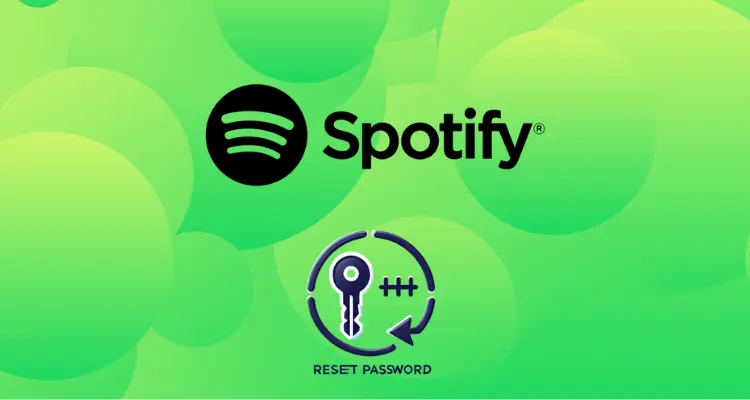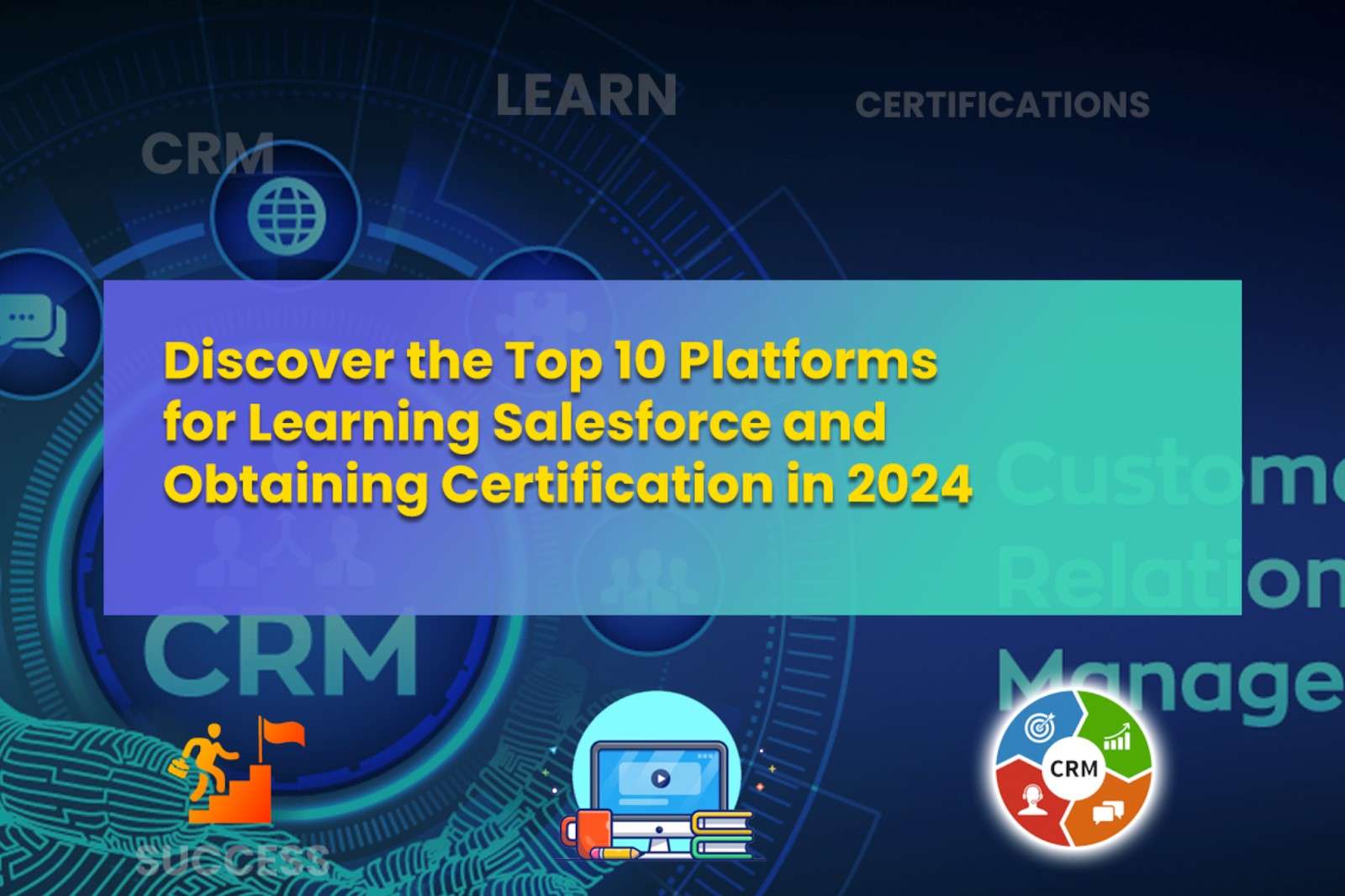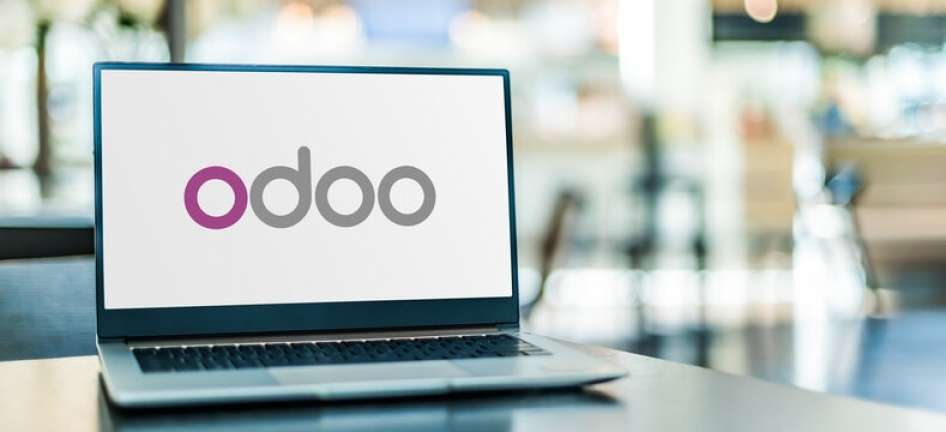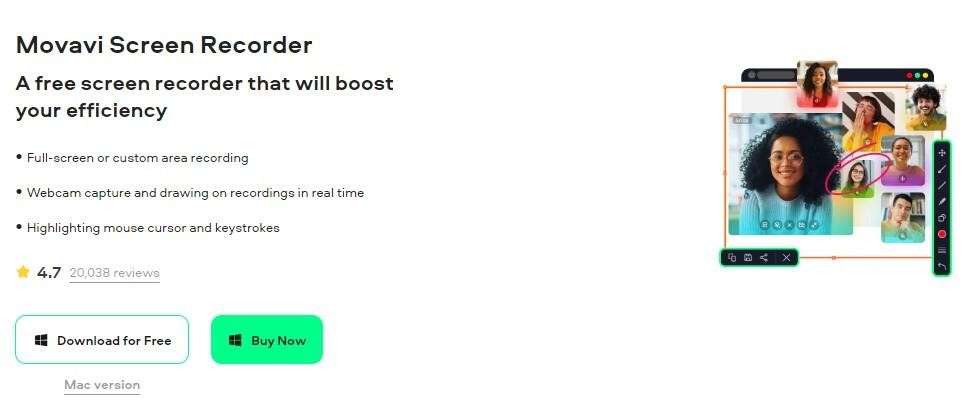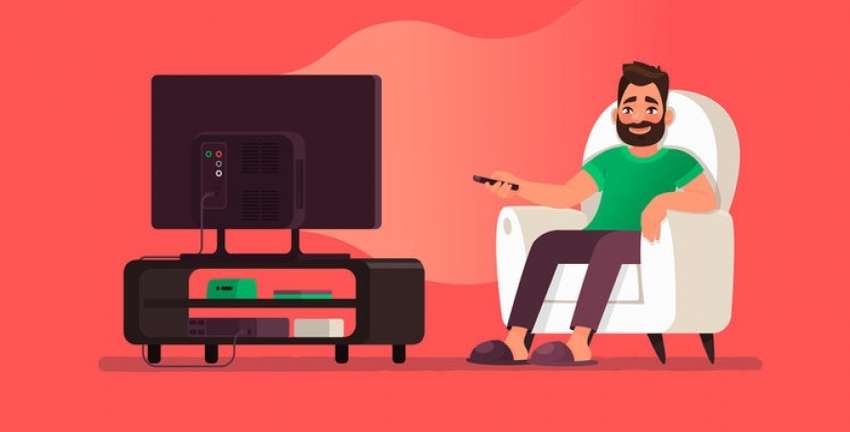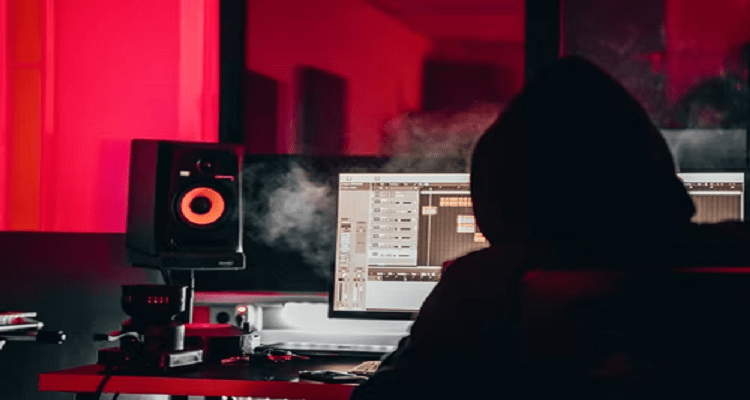Over the past few years, many people have learned a lot about the benefits of running a podcast. Podcasting offers an opportunity for you to market your brand and reach a wider audience. Together with videos, podcasts must be one of the best ways for you to earn the trust of your target audience. A podcast can also help you generate income as the host, so you and your audience win.
However, the number of podcasts across the world has grown significantly, so you may feel overwhelmed. Many people find it challenging to start a podcast. You have to worry about finding the right equipment and editing your clips, but that does not have to be the case.
If you have the right strategy before starting a podcast, you will have an easier time launching a successful podcast program. To set you on the path towards successful podcasting, we have put together these seven steps to help you get started.
1. Find a Subject to Talk About
Many people feel like they have many things to say. Regardless of the topic you choose for your podcast, make sure you select a topic you understand and are passionate about. It does not make sense to publish a podcast linked to a popular topic if you are only doing it to be a part of the bandwagon. Listeners are incredibly keen, and they will pick you out if they notice that you are trying too much.
Do you run a business? Do you work as a marketing manager? Or are you a freelancer? Regardless of what you are, you may have identified podcasting as an excellent way to establish authority and provide your target audience with relevant and entertaining content. If you are podcasting as a hobby, make sure you choose a topic you are passionate about.
2. Know Your Audience
Ask yourself who you want to reach out to. If you’re going to engage a specific audience, find ways to market your podcast to them. Also, give references to different things that appeal to the particular audience you are targeting.
Generally, you will have more listeners if you connect with them. Listeners have no interest in knowing about you. They want information that can and will help them. They want to stay updated with current affairs, and they want to get the message through a smart speaker.
3. Choose a Name For Your Podcast
Finding a name is one of the most essential things you need to get done while starting a podcast. It is what your listener will see first. You can change the podcast’s name as time passes, but it should only be viewed as a rebranding or an entirely separate podcast. You should know that this is the first opportunity you get to identify with a listener, so you need to have a memorable name.
4. Create a Format for the Listeners
Any loyal listener will always come back for the expectations of the podcast and its content. For instance, your favorite podcast has a structure featuring specific bits that come during the podcast’s particular times. It would help if you structured your podcast the same way. Your writing process plays a significant role.
Create an outline of how you want the podcast to flow and make a point of including transitions and introductions into different segments.
5. Find Suitable Equipment
You will have to find a quality microphone that you will use to record your podcast. Although most computers come with a mic, it does not deliver good quality. You will have to find a USB microphone if you cannot afford an XLR microphone.
After recording your podcast, you need to edit the audio. There are many editing software programs you can choose from, and the folks at wiredclip.com have reviewed a number of them to make it easier for you to choose. Always find editing software that offers the best capability and is easy to use.
6. Find a Hosting Platform
Podcast hosting allows you to get RSS feed and file hosting for your episodes. You then go ahead and submit the RSS feed to directories such as iTunes so your audience can listen to the podcast. It also stores the podcast files on the web. You can choose from a variety of options, some of which are available for free.
7. Publish Your Podcast
If you have gotten this far, you have successfully created your first episode. All you have to do is publish the podcast, and you can use many places. The more platforms to publish your podcast on, the bigger your audience. You can post your podcast on the rectory, such as Apple Podcasts, TuneIn, Spotify, and more. Make sure you research potential traffic, so you use platforms that have the most significant traffic. If you already have a website with many visitors, you also want to convert your readers into listeners.
In conclusion, there are many other steps involved in starting a podcast, but we have only looked at the most important ones to help you get started. Once you publish your first episode, you can go ahead and learn about different aspects of podcasting, such as monetization.

